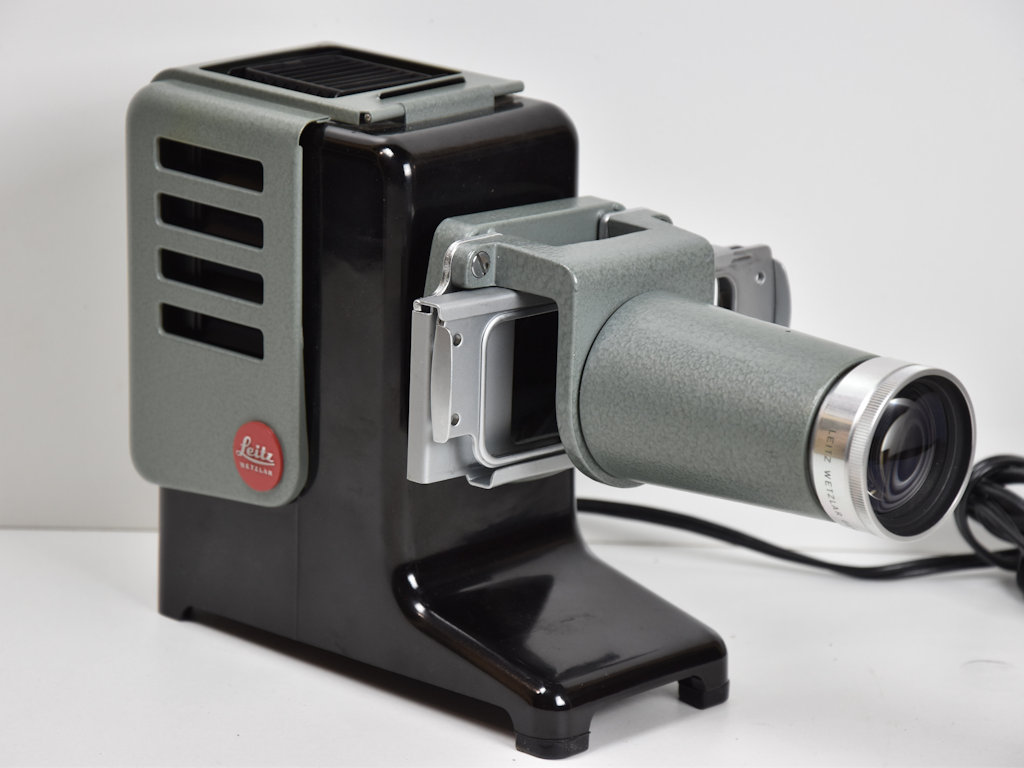

Without the usual heavy equipment, photographs of people no longer had to be confined to stiff conventionally artistic poses. Oskar Barnack was headhuntet from Carl Zeiss to be the manager of the Research & Development Department at Leitz. He became the designer of the Ur-Leica which he made two (possibly three) samples of in the period 1912-1913 with the purpose to test film stock and/or lenses for movie films. Or perhaps because he couldn't carry the traditional large plate cameras and wanted a smaller camera for him self. The reasons told today are many, but that the Ur-Leica was designed as a compact means to test film stock is the most reliable. Barnack was a film geek and moving pictures was the new revolution back in early 1900's.Īs early as 1905, while employed by Carl Zeiss (from 1902 to 2010), Barnack had the idea of reducing the format of negatives and then enlarging the photographs after they had been exposed, "small negative, large picture", was his motto, involving a small camera and an enlarger. Till that moment, the size of the negative had been determining the size of the final picutre. He had developed the first 135mm film-based photo-camera and took it to Zeiss director Guido Mengel, who rejected the design. Disillusioned, Barnack later offered the camera to Leitz after moving to Wetzlar, following his friend Emil Mechau who joined Leitz some years earlier. In any case, he learned that it could actually be turned into a new type of compact as the "rotated" film format of film was plenty sharp (the film format for motion pictures was 24x18mm for large cinema theater screens, and rotating the film inside the camera and doubling the area made the 24x36mm format). With the development of an enlarger, the reduced negative format could then be printed in a larger size than the negative.Īnother Leitz employee, Max Berek, was instrumental in developing a lens for this camera, as he developed the first Elmax 50mm f/3.5 lens as the optimum focal length for the 24 x 36mm format.


 0 kommentar(er)
0 kommentar(er)
